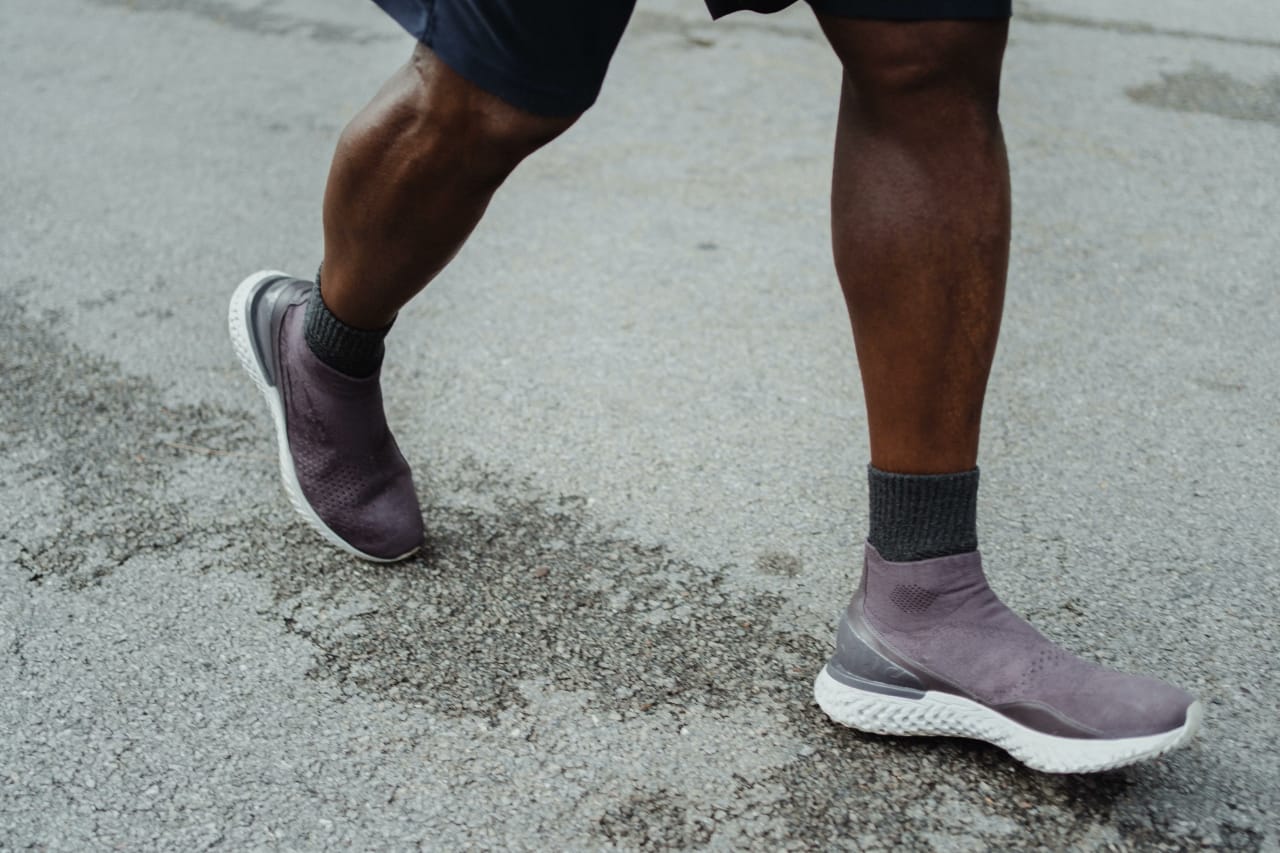By Leymah R. Gbowee
“I was passing by when my auntie called me in, and she said to me, ‘You better take time in life. You better take time in life. You’ve got a far way to go.'” These are the lyrics to a popular song we sang growing up, with many pieces of advice about living mindfully.
My mother consistently used the messages of this song as a reminder of how to approach life. Even at 51, she will still end her calls with, “Take it easy oh.” For me, “taking it easy,” in the spirit of the song, is not just resting, relaxing, or slowing down. Taking it easy is about exercising caution in all affairs. We seem to live in a time where most people think life is a race won by being the fastest or most cunning.
My mentees often ask me how to know the appropriate time to accelerate their pace. Honestly, I cannot answer that question because each life is on a unique, divine timetable. I strongly believe that one can put in all of the work but not until the fullness of time—in the appropriate season— will they reap the harvest.
“Take it easy” is not just about the velocity of one’s journey; it is an attitude of MINDFULNESS on the journey. A mindful approach shapes our interactions (words and choices) and influences how we manage resources and opportunities.
Many have destroyed their future due to a lack of caution, living at an unnecessarily excessive pace. “I want it now, now! I don’t care how I get it. I want it now!” Such an approach kills our capacity for appreciation and may strain our relationships.
Another of my mother and grandmother’s favorite saying was, “You better Mind.” These words encourage MINDFULNESS—being wisely guided by integrity.
A mindful Journey is essential to success. As we navigate life with all our hopes and expectations, like the song advices, we need to “take time in life.”
The Race is not to the swift but to them that endure. Mindfully trust God and be diligent in all affairs!
- Mrs. Leymah R. Gbowee is a Nobel Peace Prize Winner and writes for National Daily Newspaper

 Health & Fitness5 days ago
Health & Fitness5 days ago
 Aviation7 days ago
Aviation7 days ago
 Aviation6 days ago
Aviation6 days ago
 Aviation6 days ago
Aviation6 days ago
 Aviation6 days ago
Aviation6 days ago
 Aviation5 days ago
Aviation5 days ago
 Featured3 days ago
Featured3 days ago
 Crime3 days ago
Crime3 days ago










